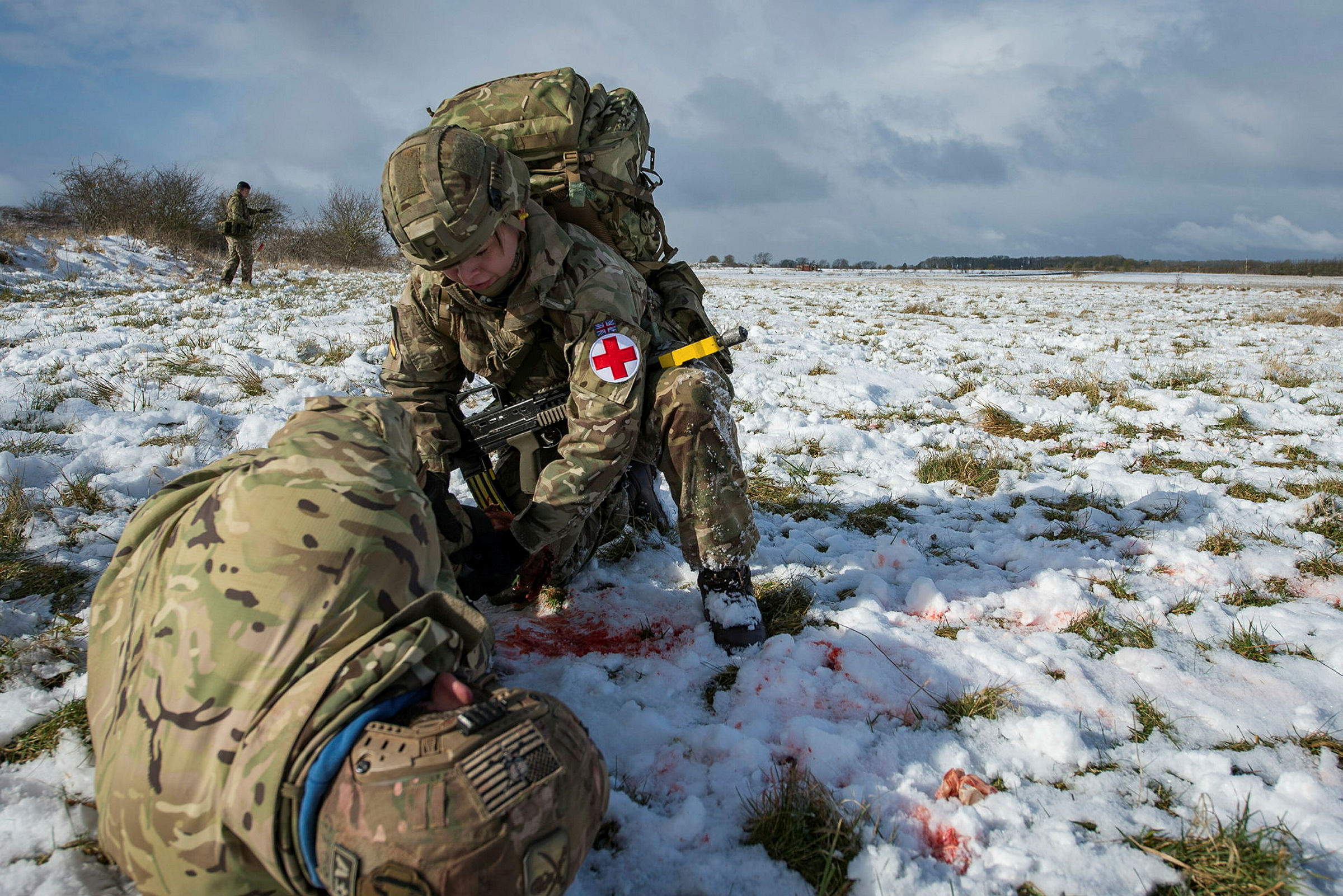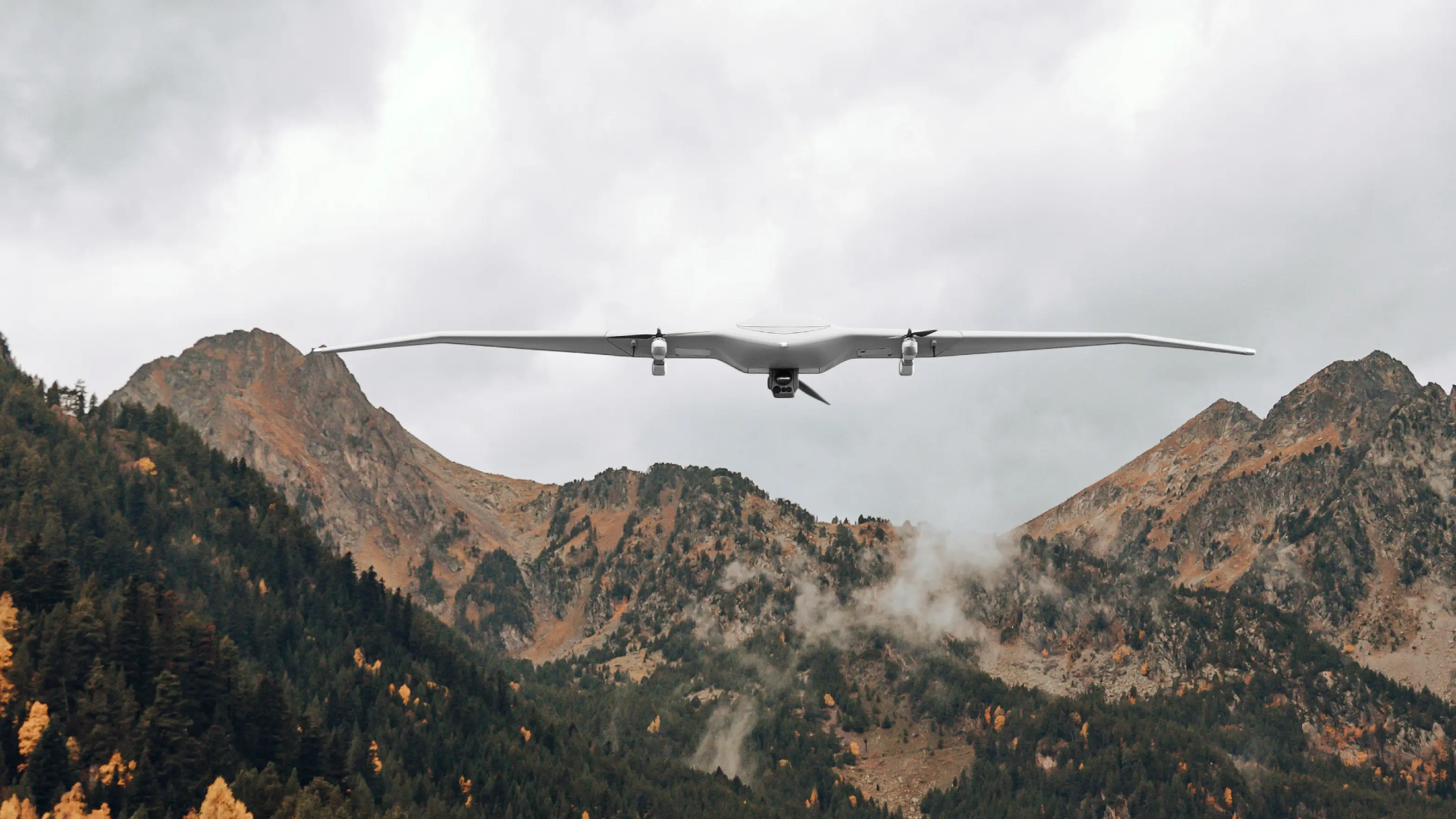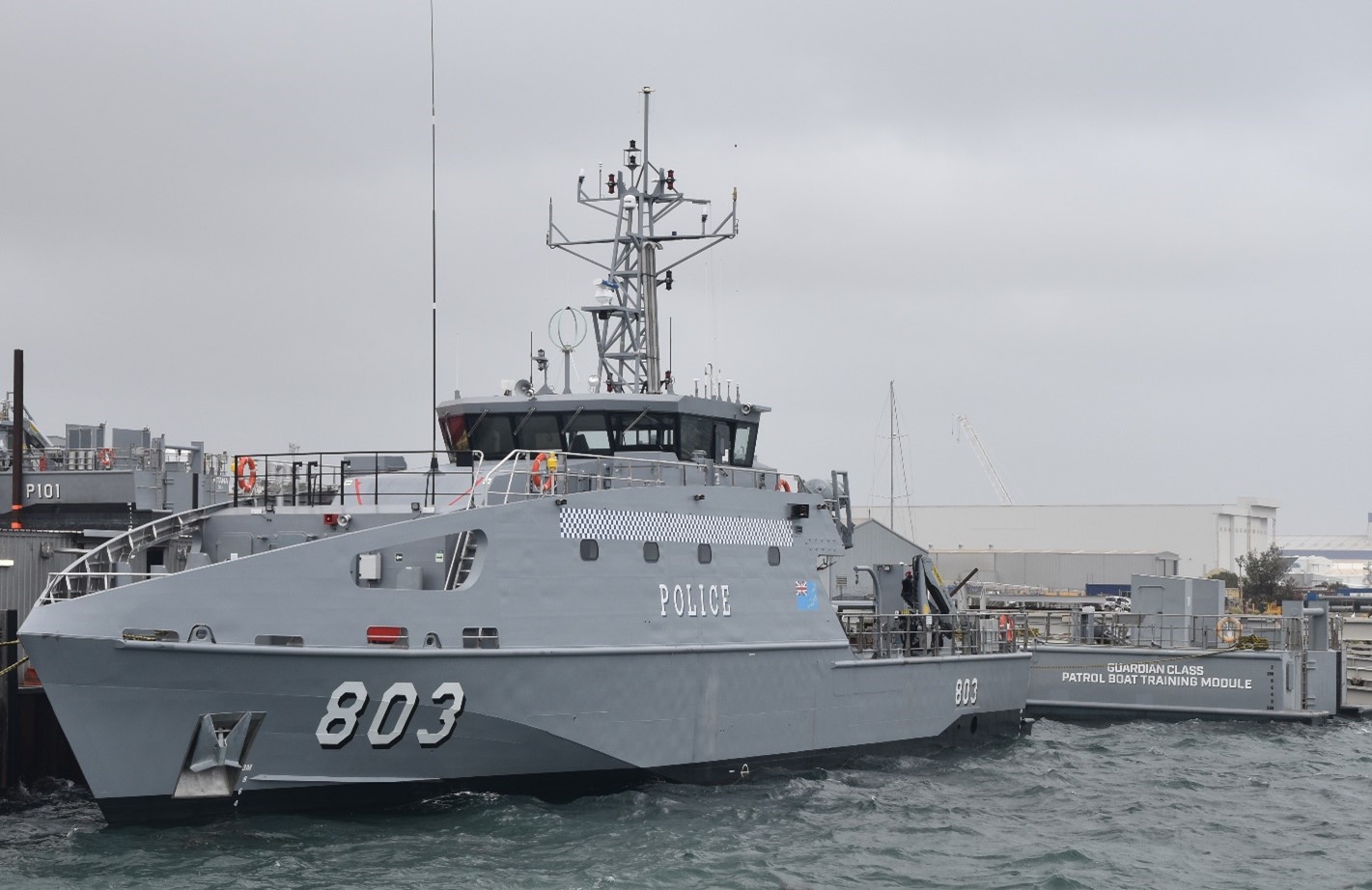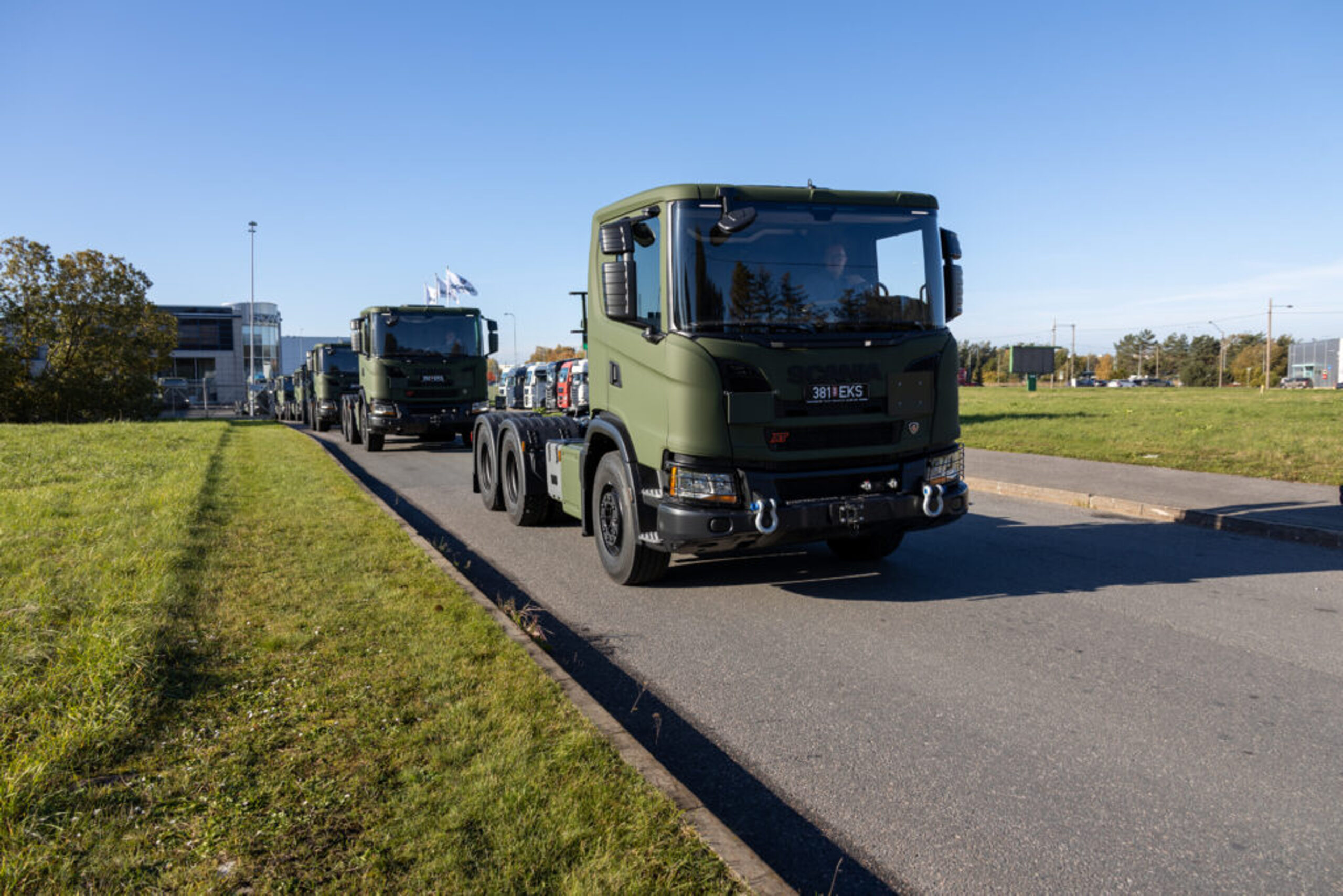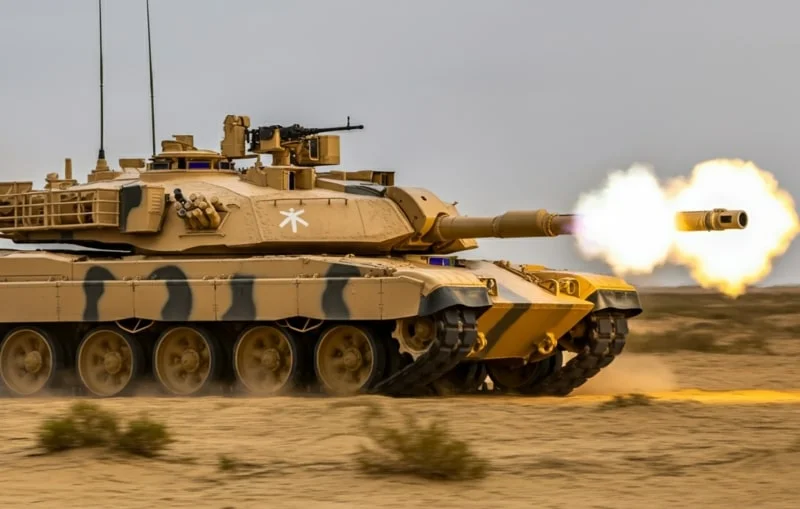British Army Merges Three Healthcare Corps to Enhance Support for Modern Warfighters
British Army Unifies Healthcare Corps with Launch of Royal Army Medical Service In a significant move to enhance its medical…
Netherlands to Provide ISR Drones to Ukraine
Netherlands Partners with DeltaQuad to Supply Drones for Ukraine's Defense Against Russia The Dutch government has announced a significant partnership…
Austal Completes Delivery of 21st Guardian Patrol Boat to Australia
Canberra Welcomes New Guardian-Class Patrol Boat to Strengthen South Pacific Security Canberra has officially accepted the "Te Mataili III," the…
Estonian Military Receives First G410 Transport Trucks from Scania
Estonian Defence Forces Begin Acquisition of Modern Logistics Trucks Tallinn, Estonia—In a significant step towards enhancing its military transport capabilities,…
IIT Madras is Crafting High-Speed Ramjet-Powered FSAPDS Shells with a 9km Range for Main Battle Tanks
IIT Madras Pioneers Next-Gen Ammunition System for Main Battle Tanks In an innovative leap that could transform the landscape of…
Vice Chief Claims MQ-9B Reaper Outperforms TAPAS UAV for Indian Navy’s Extended Range and Endurance Requirements
India's Navy Chooses US Drones Over Indigenous Alternatives Amid Operational Imperatives Vice Admiral Krishna Swaminathan, the Vice Chief of the…

